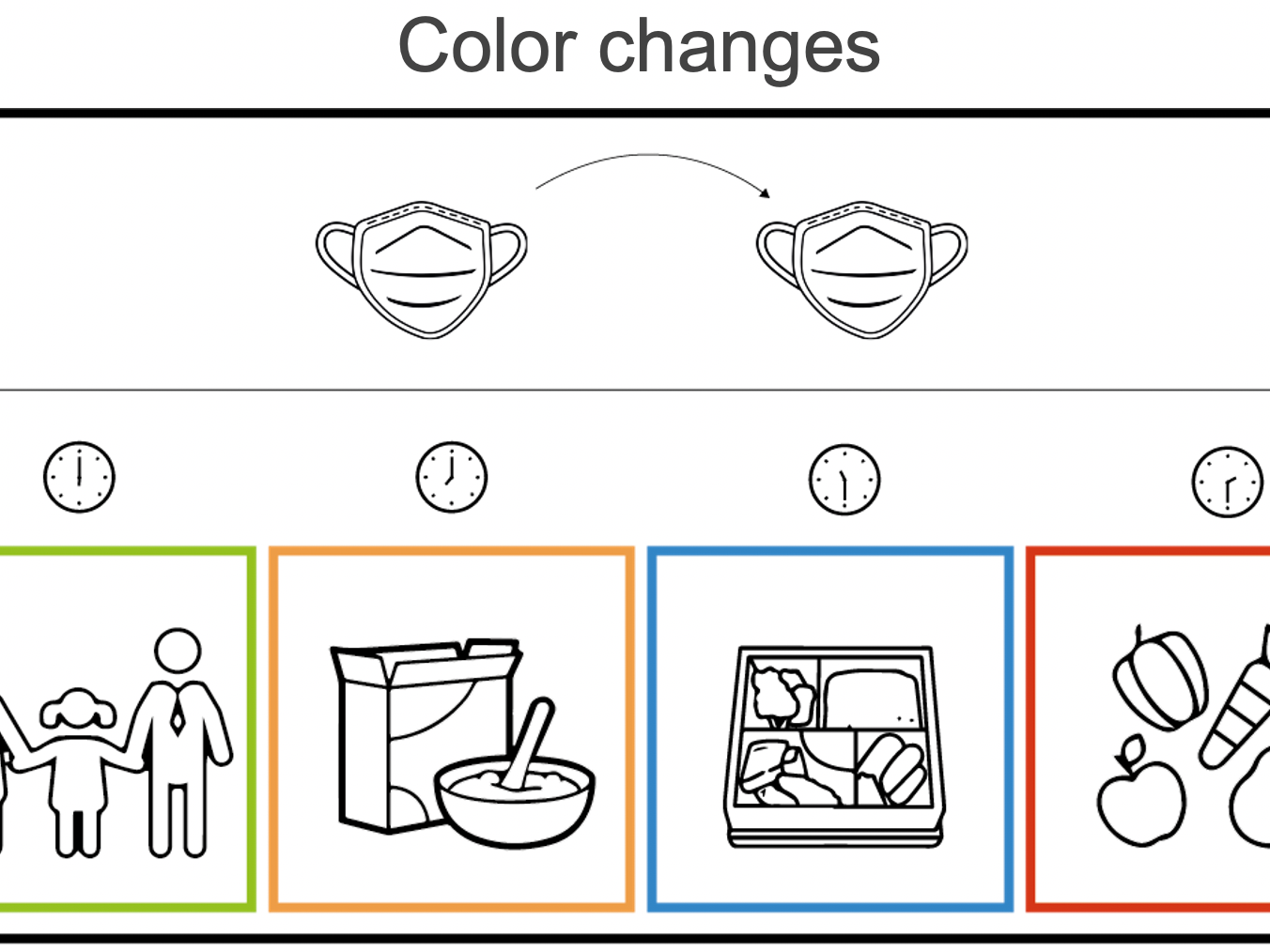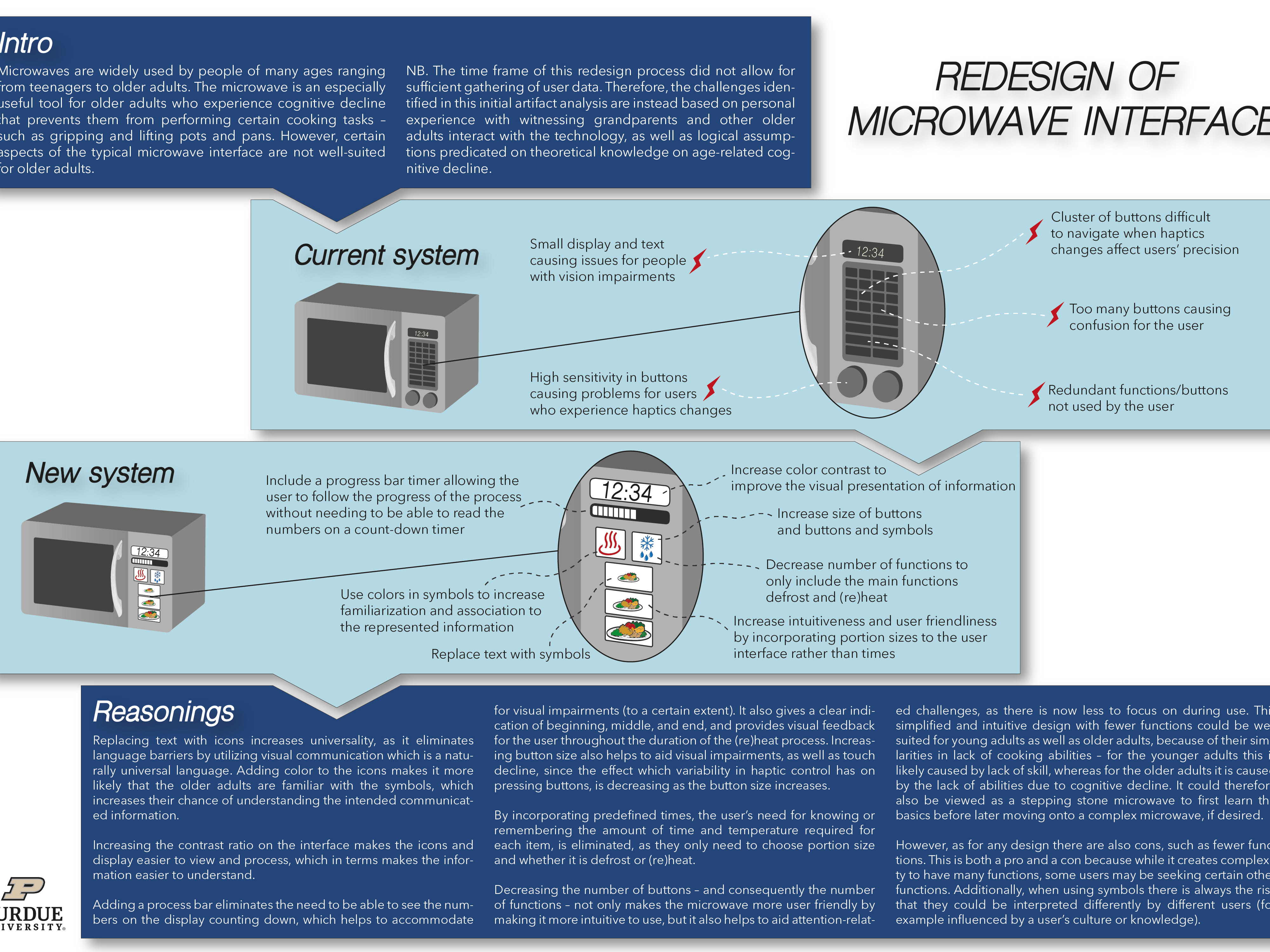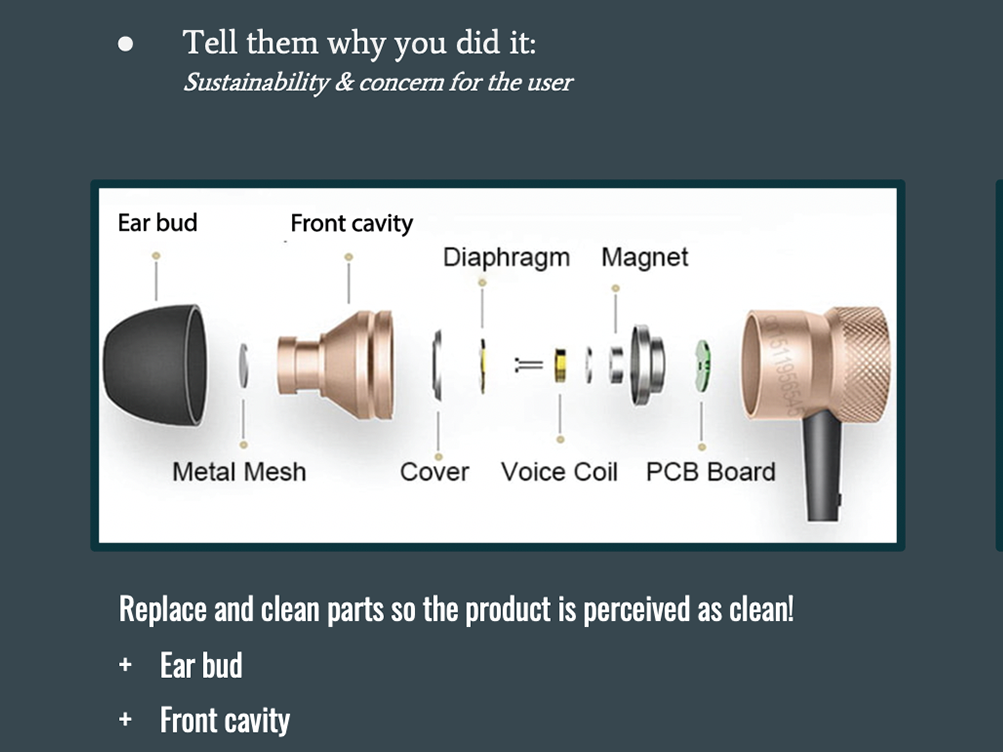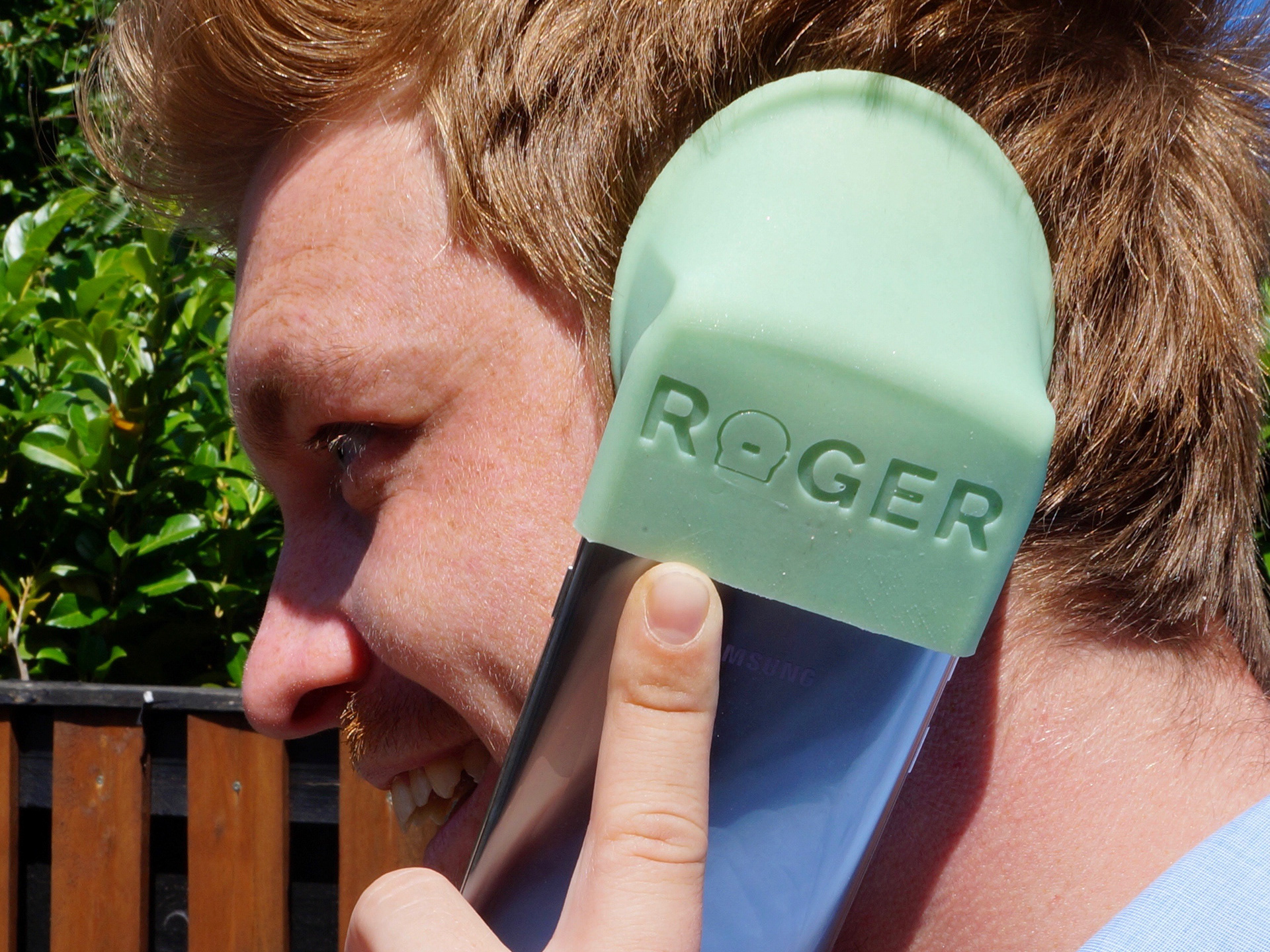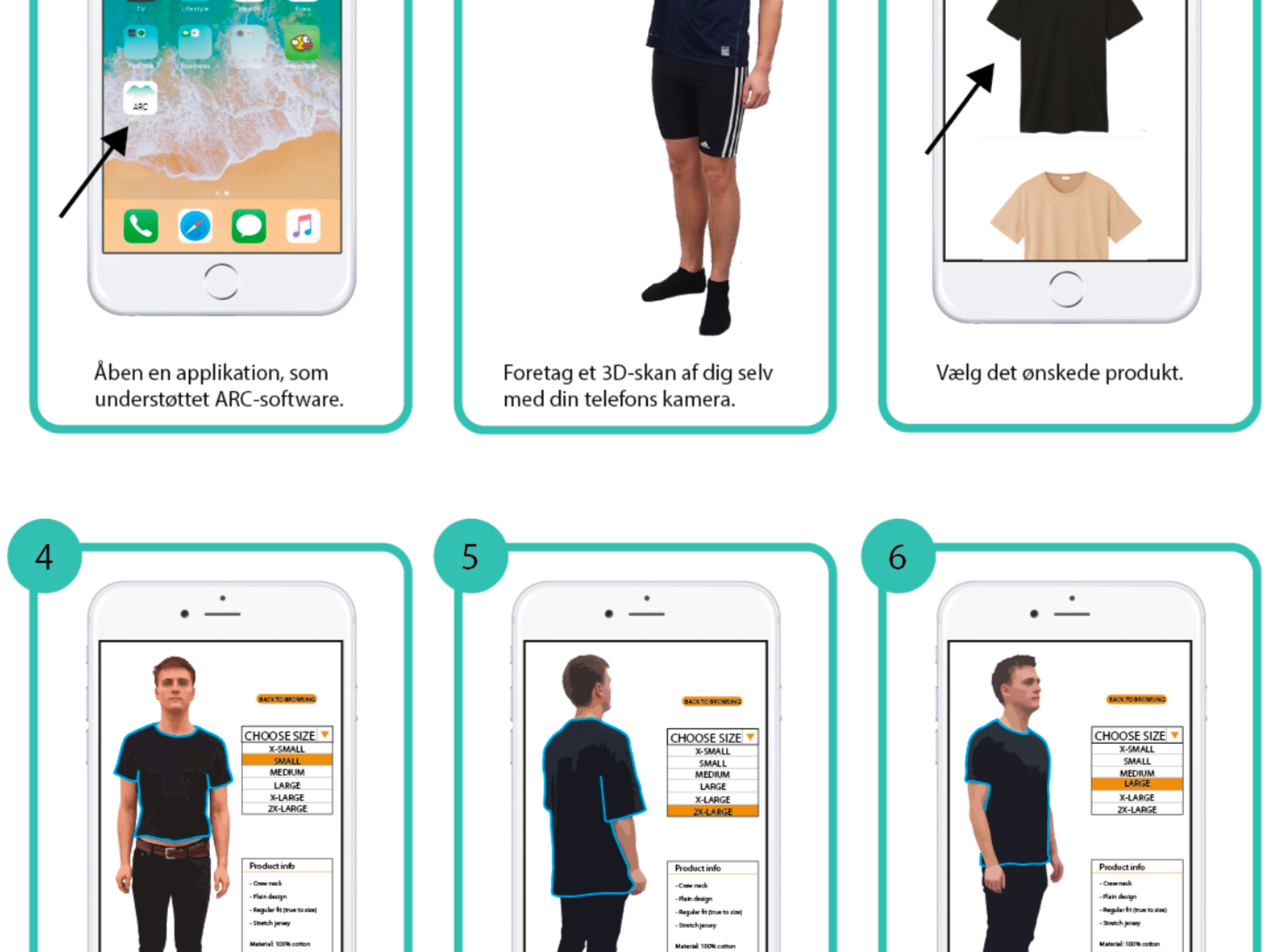In many bigger cities, the littering of cigarette butts is a problem. Not only is it aesthetically displeasing, but it is also an environmental issue, as cigarette butts contain micro plastic.
We used a reflective and behavioural design approach, where we tried to understand the cause for the littering behaviour by the smokers. Through various field research including interviews with smokers, questionnaires, and field observations, we identified four main issues leading smokers to litter cigarette butts.
1. No ashtray available when needed
2. Ashtray is not visible when needed
3. Lack of awareness on environmental impact of littering cigarette butts
4. Lack of motivation to dispose cigarette butts correctly
The solution is a system of modules and the concept that consists of four parts, each aiming to solve one of the identified problems listed above.
Part One
Part one consists of a design of an ashtray with a versatile installation opportunities. This way, the ashtray can easily be implemented on already existing elements in cities.
Additionally, it allows for a higher number of ashtrays, which increases the chances of an ashtray being nearby when needed.
This part of the concept therefore aids the first of the four challenges presented above: no ashtray available when needed.
Part Two
One of the challenges was that ashtrays are not always visible enough, according to smokers. However, there needs to be a balance between being visible enough for the smokers to notice, while still blending into the aesthetics of the surroundings – especially so it does not bother the non-smokers.
Part two of the concept therefore consists of entertaining cartoons on the ground that will catch the attention of the smoker and guide their attention to the ashtray. The playfulness of the cartoons and their semi-discrete placement on the ground allows the smoker to notice, while not disturbing the aesthetics of the environment in a large way.
This part of the concept therefore aids the second of the four challenges presented above: ashtray is not visible when needed.
Part Three
Part three of the concept includes adding anti-littering icons to cigarette packs and the filter on the cigarettes. Our research showed that many people are not aware of the fact that cigarette butts are made from plastic, which is an essential issue regarding littering of them.
By adding the anti-littering icons to the pack and filter, the smoker will continuously be triggered throughout the smoking journey. From they take a cigarette out of the pack, to every time they look at the cigarette while smoking, and when they eventually look at the cigarette before disposing of the butts.
This part of the concept therefore aids the third of the four challenges presented above: lack of awareness on environmental impact of littering cigarette butts.
Part Four
Part four of the concept includes implementing a screen and ashtrays with sensors by transportation hubs in larger cities. Our research showed that transportation hubs (bus stops, trans stations, etc.) were a particular problematic area for cigarette littering. The screens are therefore to be implemented near transportation hubs, however, with a sufficient distance so the smoking does not unnecessarily bother non-smokers also waiting by the hub.
The screens will show practical information including current time, time to next train or bus, etc. Additionally, the sensors makes it possible to count the correctly disposed cigarette butts, and the screens will show statistics on how many cigarettes have been littered properly in the past hours/days/weeks/etc. These statistics allow for comparisons with other transportation hubs or cities, which creates a competitive element. This element will help to increase smokers' motivation to dispose of their cigarette butts properly. Using screens makes it easy to change the content, which allows the triggers to be changed, so the interest of the smokers can be kept intact as best as possible.
This part of the concept therefore aids the third of the four challenges presented above: lack of motivation to dispose cigarette butts correctly.


